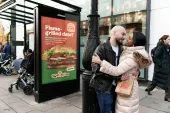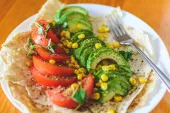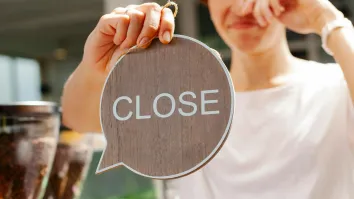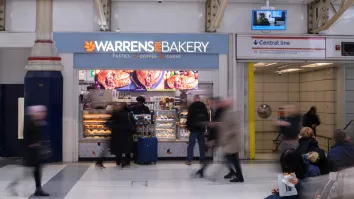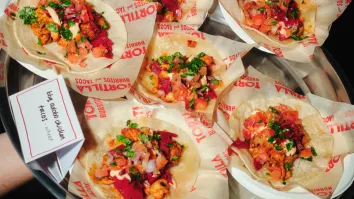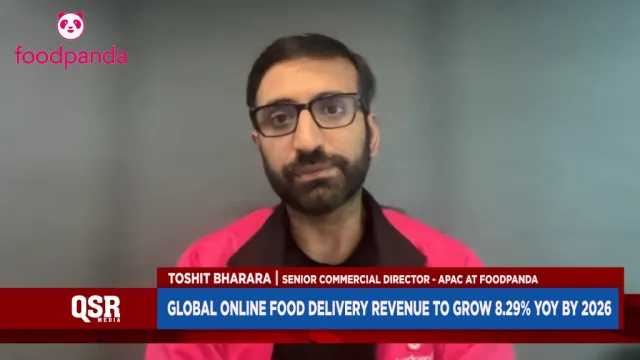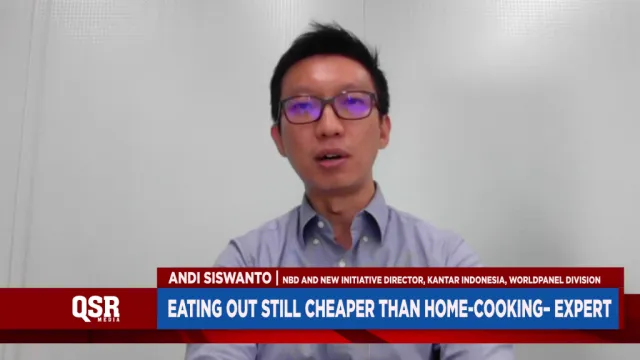
Consumers shift from delivery to pick-up amidst search for value
Delivery traffic declined by 6% in 2024, whilst pickup saw a growth of 18%.
Australian consumers are shifting from delivery to pick-up—up 18% in traffic in Year Ending June 2024—as they continue to be price-sensitive.
Recent data from the Australian Bureau of Statistics revealed that CPI rose by 2.7% in the 12 months to August. Whilst inflation is significantly lower than the peak recorded in Q4 2022, it is still above the RBA’s target, causing consumer sentiment to remain in pessimistic levels. This is why consumers have adopted a value-driven mindset when engaging with the foodservice industry, according to Roxanne Uy, senior analyst from Circana.
During her speaking session at the QSR Media Conference & Awards 2024 powered by RedBull, Uy said that, unlike pick-up, delivery traffic has declined by 6% in 2024.
“Consumers are trying to avoid the extra delivery fees and going for pickup instead, where the average eater cheque is approximately 30% lower than delivery,” Uy said.
According to Circana data, digital methods, especially restaurants’ own app and website, are driving the overall growth in pickup occasions, with traffic from pickup orders via restaurants’ own app growing by 50%.
Deals favoured
Deals have become the most favoured way to attract consumers.
“In year-ending June 2024, 30% of all consumer visits within the foodservice channel came from deal-based occasions,” she said. Uy said this shows that consumers are increasingly drawn to bundled offers that provide perceived value for money.
“So if you've got quite a robust deal offering, consumers are willing to spend more, and they are actually willing to order more items,” Uy said.
Combo meals, for instance, increased in both spend and traffic compared to pre-pandemic levels. In 2024, deal-based traffic increased by 4% compared to 2023.
The future in smaller dayparts
Uy said that according to Circana’s Future of Foodservice forecasting tool, lunch and dinner will remain the biggest dayparts, but it’s the smaller, cheaper dayparts of morning meals and snacking that will continue to drive consumer traffic moving forward.
“For example, a consumer might just go for brunch at a cafe, or opt for a heavier breakfast instead of spending big at lunch, because morning meals and snacks both command a much lower average eater cheque compared to lunch and dinner,” Uy said.
